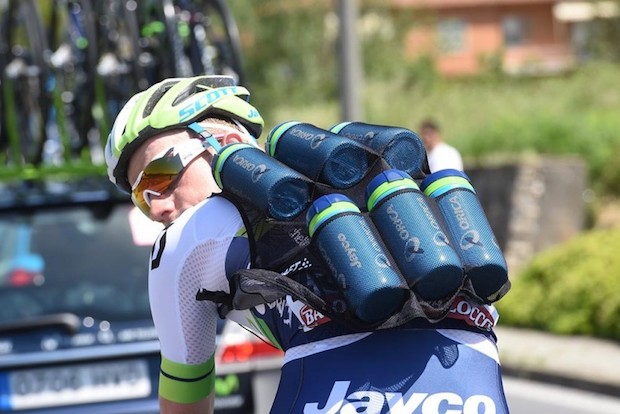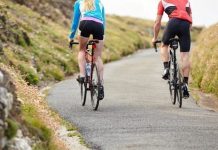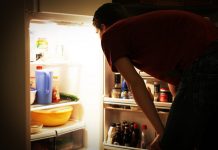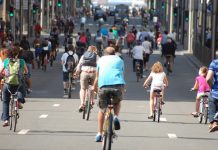You’ve just completed a 120-km ride. It was a good hammerfest and now you’re home and ravenous. You’re ready to eat whatever you can get your hands on. You start shovelling, mindlessly. But is this the best way to refuel your body?
This typical scenario often happens because of under eating during training and poor daily nutrition leading into the ride. When you under eat during a ride of 100 km or more, it becomes difficult to make up the lost calories. If you have a training session the following day, refuelling properly is even more difficult. Playing catch up is not ideal.
I recommend that on rides longer than two hours, you consume 60 to 100 g of carbohydrates per hour. These carbs should come from both your sports drink and ride food. Each gram of carbohydrates has four calories giving you 240 to 400 calories per hour. But, the longer and harder the ride, the more grams per hour you should take in.
Now that you have your ride fuelling strategy sorted, you can focus on the food that comes after. To recover from a 100 km ride (or longer) and be able head out again the next day, you should look to low-fat, low-fibre carbohydrates and lean protein for post-ride recovery fuel. The ratios to consume are 1.2 g of carbohydrates/1 kg of body weight and 0.25 g of protein/1 kg of body weight. You should take in this fuel within the first hour following the workout.
The 30-to-60-minute post-ride time frame is often referred to as “the window of opportunity.” Glycogen synthase is highest in the bloodstream during this time frame. This enzyme is involved in converting glucose into glycogen (carbohydrates stored in the body and used during physical activity). Also, the exercise induced translocation of the glucose transporter carrier protein-4 to the cell surface happens at this time. It leads to an increased permeability of the muscle membrane to glucose. Therefore, when you eat a high carbohydrate meal post-workout, the body is primed to accept the glucose and store it as glycogen to speed up your recovery process. By eating the proper meal at the right time after your training, you can increase your recovery time significantly through both of these physiological mechanisms. Meal timing is very important when doing back-to-back training days.
If you are a cyclist who weighs 73 kg (160 lb.), you should dive into 87 g of carbohydrates (1.2 g of carbohydrates x 73 kg of body weight = 88 g of carbohydrates to consume) and 18 g of lean protein (0.25 of protein x 73 kg of body weight = 18 g of protein to consume) within the first hour following a long bike ride. Since both carbohydrates and protein have 4 calories/g, the post-ride meal will have 424 calories. Some good options for grub might include one and a half large baked potatoes or 2 cups of white rice and 3 oz. of grilled chicken breast. Alternatively, a sport drink works well and is convenient. For example, six scoops of Eload Emend recovery drink or two scoops of First Endurance Ultragen with 1 cup of cranberry juice would fit the ratios. A smoothie would also do the trick. Build the drink with one banana, one scoop (18 g) of whey protein, 1 cup of strawberries, 1 cup of rice milk and one medjool date.
You should have a recovery meal of similar size every hour after the 100 km ride for three to five hours. This schedule will replenish your glycogen stores. You will be able to hit the road again the next day with vigour, rather than face flat legs and low energy. Fuelling properly day to day, during a ride and after will improve your performance. You train hard to put the miles into your legs. Now just remember to put the gas in the tank.














